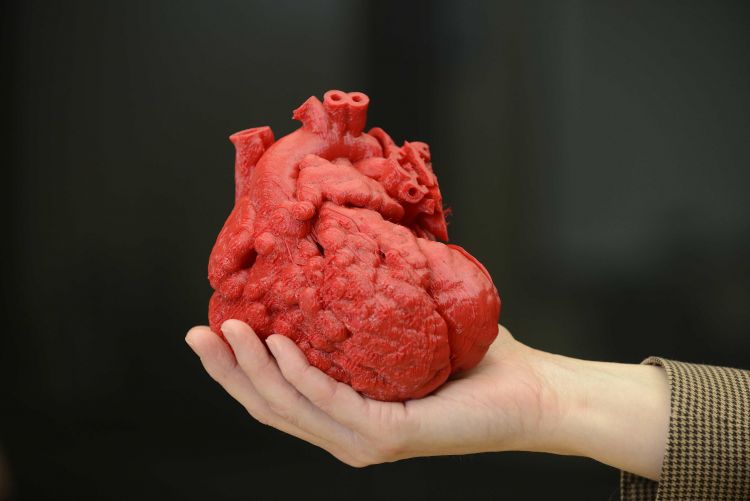How personal 3D printers effect healthcare

Experts believe personal 3D printers are able to turn the tide of medicine. Today with the help of 3D printers we produce specialized medical tools and equipment, customized prostheses and orthoses, models of organs etc. Moreover, scientists are developing the field of 3D bioprinting, creating organs for transplantation using additive technologies.
Advantages of personal 3D printers are especially noticeable when printing volumetric models of bone tissues and internal organs on the basis of MRI and CT images. Now surgeons can thoroughly prepare for surgery, considering various options amd demonstrating the progress of operations to patients, students, colleagues, etc. Because of more thought-out planning surgical operations and recovery processes are much more successful and uneventful, and take less time.

To create 3D models with the help of printers is also possible using sonogram images. Doctors can print plastic models of unborn babies, allowing parents to see their kids. Such models are also great souvenirs.

In the pharmaceuticals industry 3D printing is used to create special drugs with individual dosage. For example, the Aprecia Pharmaceuticals has printed effective anti-epileptic drugs called Spritam.
In dentistry 3D printers are used not only to create jaw model in order to determine the best way of treatment or operation, but also to create high-quality implants.

Using 3D printing doctors and scientists created Sutrue – saturation machine, as well as a lot of customized mechanical prostheses and orthoses for faster recovery of patients.

Doctors consider 3D bioprinting to be one of the most promising areas of additive technologies. According to analytic data the market is going to reach $ 6 billion in 8 years. While today bioprinting is used for creating various models and testing different drugs, in the future scientists are going to print viable organs for transplantation.
Researchers have already achieved some success in the field of 3D bioprinting. Recently Russian experts from 3DBio has grown artificial thyroid body and successfully transplanted it to mice.

In addition, using hydrogel and polymer with nanoparticles, scientists have recently printed a bionic ear, perceiving ultrasound. Thus, additive technologies have made it possible to introduce nanoelectronics into biological environment. And most likely, such developments will significantly enhance abilities of human body in the future.







